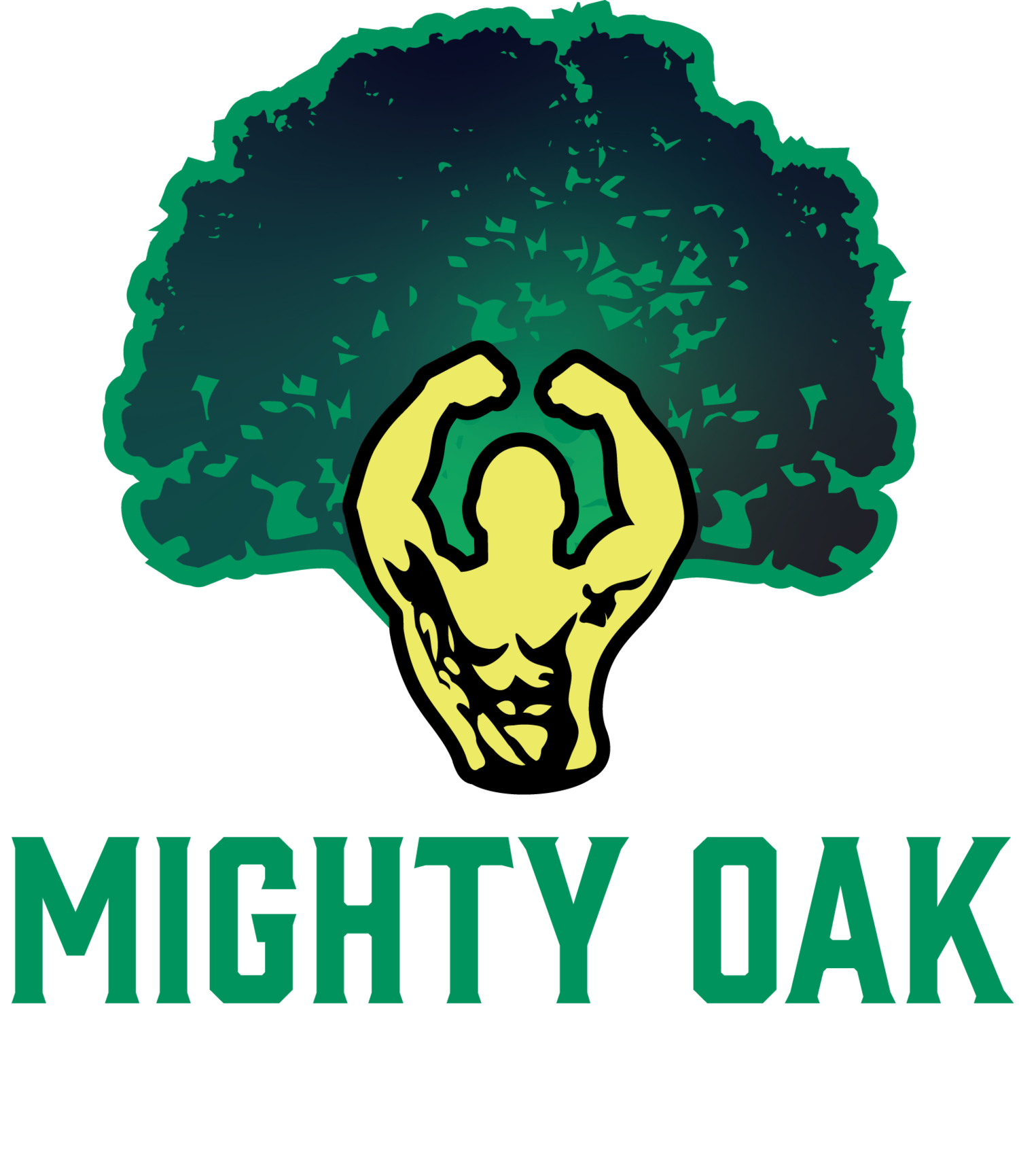Lower Cholesterol with Diet and Exercise
Cholesterol is a type of fat that is found in the blood and is important for good health, but high levels of cholesterol can increase the risk of heart disease and stroke. Diet and exercise are two key lifestyle changes that can help to lower cholesterol levels and improve overall health.
Diet plays a major role in regulating cholesterol levels. A diet that is rich in fruits, vegetables, whole grains, and fiber can help to lower cholesterol levels, while a diet that is high in saturated fat, trans fat, and cholesterol can increase cholesterol levels (Katz et al., 2004). The American Heart Association recommends that people consume less than 7% of their daily calories from saturated fat and less than 200 milligrams of dietary cholesterol per day (American Heart Association, 2018). In addition, increasing the intake of polyunsaturated and monounsaturated fats, such as those found in nuts, seeds, and oils, can help to lower cholesterol levels (Mozaffarian & Wu, 2011).
Exercise is another important factor in reducing cholesterol levels. Regular physical activity can increase the levels of high-density lipoprotein (HDL) cholesterol, which is known as the "good" cholesterol, and reduce the levels of low-density lipoprotein (LDL) cholesterol, which is known as the "bad" cholesterol (Kohli et al., 2013). Aerobic exercise, such as brisk walking, cycling, or jogging, has been found to be particularly effective in reducing cholesterol levels (Gelber et al., 1991). Resistance training, such as weightlifting, has also been found to be beneficial in reducing cholesterol levels (Starks et al., 2008).
In conclusion, diet and exercise are two effective ways to lower cholesterol levels and improve overall health. A diet that is rich in fruits, vegetables, whole grains, and fiber, combined with regular physical activity, can help to regulate cholesterol levels and reduce the risk of heart disease and stroke.
References:
American Heart Association. (2018). Saturated Fat. Retrieved from https://www.heart.org/en/healthy-living/healthy-eating/eat-smart/fats/saturated-fats
Gelber, R. P., Dobs, A., Mills, T., & Yannaghis, A. (1991). Changes in lipoprotein levels and fatty acid composition in response to exercise in older men. Metabolism, 40(1), 41-46.
Katz, D. L., Evans, M. A., Nawaz, H., Njike, V., Byrd-Bredbenner, C., & Famurewa, J. C. (2004). The effects of a healthy low-fat vs healthy low-carbohydrate diet on blood lipid profiles: a randomized controlled trial. Journal of the American College of Nutrition, 23(3), 177-184.
Kohli, R., & Mehta, A. (2013). Exercise, inflammation and its impact on lipids and lipoproteins. Journal of Lipid Research, 54(7), 1730-1736.
Mozaffarian, D., & Wu, J. H. Y. (2011). Omega-3 fatty acids and cardiovascular disease: effects on risk factors, molecular pathways, and clinical events. Journal of the American College of Cardiology, 58(20), 2047-2067.
Starks, M. A., Starks, S. L., Kingsley, M., Silvestre, R., & Devor, S. T. (2008). The effect of macronutrient intake on renal function and blood pressure in endurance athletes. Journal
